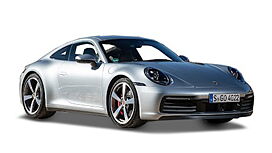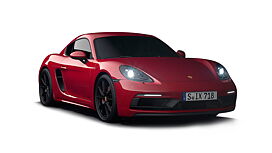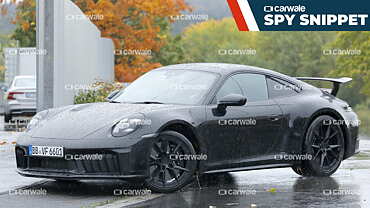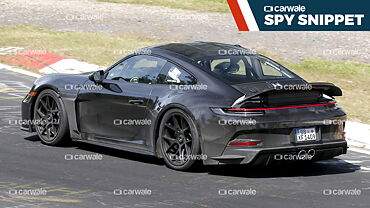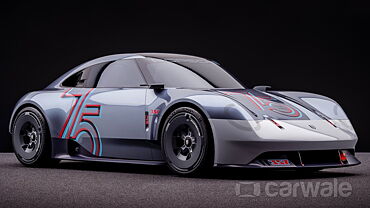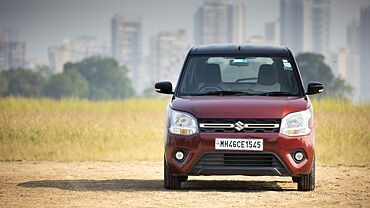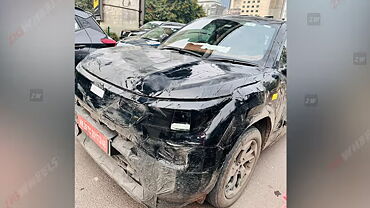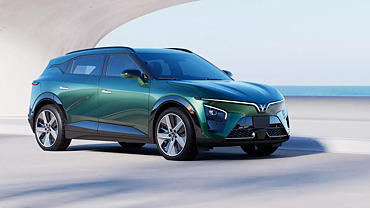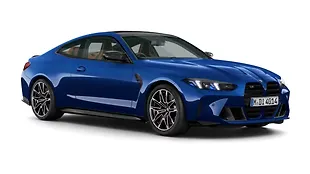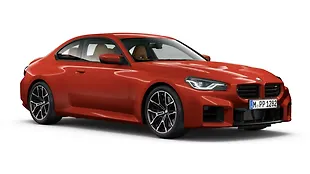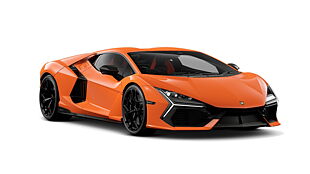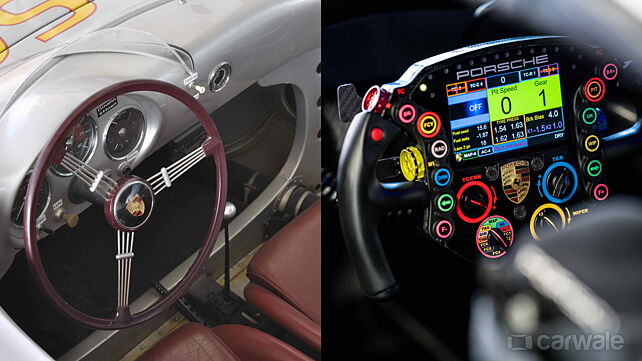
Imagine the journey from an era when there wasn't a single button on a steering wheel, to an era when almost everything in a car can be controlled from the same. Porsche gives us an idea of all the technical development in motorsport, specially from a simple steering wheel to a multi-functional control centre in just 20 years.
We are focusing on this one component to emphasise its importance and development in motor racing. It was in the mid of the last century when regular steering wheels from Porsche sports cars were first fitted in the race cars from this Stuttgart-based sports car manufacturer. Take for example the Le Mans Porsche 917. It had a standard steering wheel without any button, forget a display function.

But then, post 2000, the actual advancements began and the extensive progress till now is quite evident. Who would have thought that a leather-covered wheel could act as such an important multi-function controller? Today's Porsche 911 RSR has 30 functions on its steering wheel! Imagine all this at the disposal of the driver who can mobilise other operations in the car at just the touch of a button.
Speaking of the design of a steering wheel, two specialists from Porsche at Weissach are constantly trying to find new solutions to add to the setting options and improve comfort. Yet, what remains the same is the layout even if the design keeps changing. The carmaker says it’s like a TV remote control in which there will be new buttons as a part of the upgrade, but the layout follows the same pattern. That's what Porsche also follows to ensure a race driver doesn't have any difficulty in switching from one car to another.

It's also about the ergonomics as victory can then simply be at the driver's fingertips. They play an important role in the steering wheel's development stage to give input about the arrangement of the controls for the best possible ergonomics. Primarily, the four major aspects include the buttons for the pit stop limiter, full course yellow situations and then the on/off buttons for the engine and radio. Then, developers follow a priority list for the other operating functions.

Interestingly, drivers are involved in the development process from the start. They also help in co-writing the instruction manuals as it’s easy for them to memorise then, and later concentrate fully on just driving. At Porsche, it’s made sure that the steering wheel is intuitive to operate and there's least possible physical exertion for the driver as well. This is what the goal is whenever they are working on any new steering wheel. It eases things for both, the factory racing drivers and the hobby racers like in the customer sport racing with the Porsche 911 GT3 R.

Be it for the operation or even for functionality of a steering wheel. More so, even for the shapes or even the materials used in its making. To sum up, there have been breakthroughs in these two decades. In fact, it's mind-boggling how the data flows between the steering wheel and on-board electronics through just a wire. Thankfully, no one will just lament the age-old steering wheels looking at the latest iterations, as the former have played a crucial role in laying the foundation for the latter.


